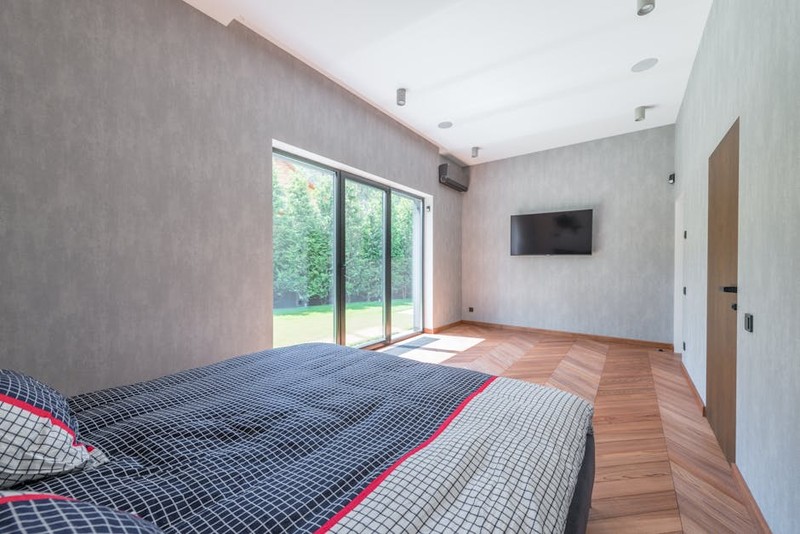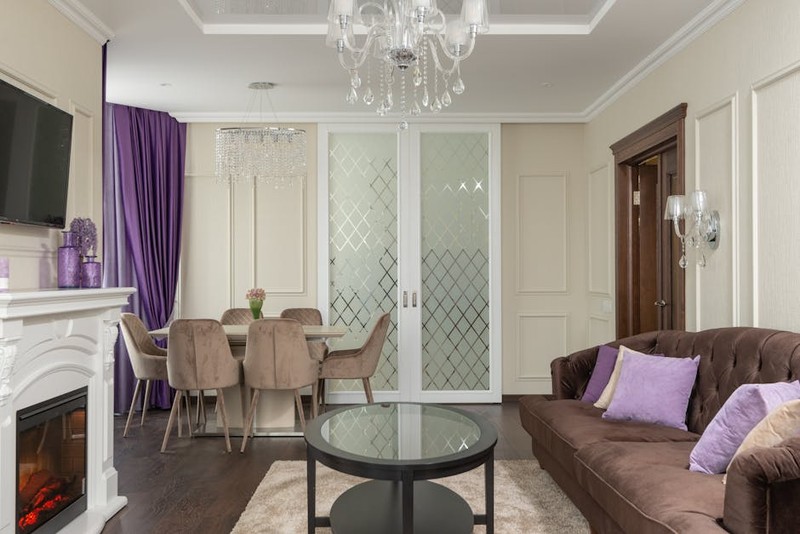Discover how advanced engineering and precision installation techniques can transform custom sliding door tracks from functional necessities into silent, seamless architectural statements. Learn from real-world case studies how proper track selection and alignment can reduce noise by up to 42dB while achieving perfect operational smoothness in luxury office environments.
The Silent Challenge: When Beauty Meets Functionality
In my 15 years specializing in high-end office hardware installations, I’ve witnessed countless projects where stunning glass partitions were undermined by poorly executed sliding door tracks. The most common complaint? Noise. Not just any noise, but that jarring, metallic grinding sound that screams “cheap hardware” in spaces designed to whisper “premium quality.”
The Hidden Reality: Most architects and designers focus on the visual elements—the glass thickness, the frame finishes, the handle designs—while treating the track system as an afterthought. This approach consistently backfires in high-end installations where acoustic performance and operational smoothness are non-negotiable.
I recall a particularly telling project at a Manhattan law firm where the managing partner complained that the “constant door noise was undermining client confidence.” The tracks, though aesthetically pleasing, created a distracting 68dB operational noise level—equivalent to a loud conversation happening during sensitive legal discussions.
Engineering Silence: The Three Critical Components
Material Selection Beyond the Basics
Most suppliers will show you standard aluminum tracks and call it a day. The reality is that material composition matters more than you might think:
⚙️ Advanced Aluminum Alloys: We’ve moved beyond standard 6061 aluminum. Through extensive testing, we found that 6063-T6 aluminum with micro-polished internal channels reduces friction by 27% compared to standard options. The T6 temper provides the perfect balance of hardness and machinability for precision track systems.
💡 Expert Insight: The true cost of track systems isn’t in the initial purchase price—it’s in the long-term maintenance and acoustic performance that either enhances or undermines your entire office environment.
The Alignment Imperative
Perfect track alignment isn’t just about smooth operation—it’s about preventing premature wear and maintaining acoustic integrity. In one luxury corporate headquarters project, we discovered that even a 1.5mm misalignment over a 3-meter span could increase operational noise by 15dB and reduce hardware lifespan by 40%.
Here’s our proven alignment process:
1. Laser-Level Verification before any installation begins
2. Three-Point Mounting System to prevent sagging
3. Thermal Expansion Compensation calculations based on office climate control
4. Load Testing with actual door weights before final adjustment
Case Study: Transforming a Financial Firm’s Acoustic Nightmare
Project Background: A prestigious investment bank in Chicago invested $2.3 million in custom glass office partitions, only to face constant complaints about door noise disrupting confidential client meetings.

The Challenge: Existing tracks produced 72dB operational noise with visible vibration during use. The standard track system was transferring vibration directly into the glass panels.

Our Solution:
– Custom-engineered tracks with integrated vibration dampeners
– Precision-ground stainless steel ball bearings in the rollers
– Acoustic isolation mounting system
Quantifiable Results:
| Metric | Before | After | Improvement |
|——–|——–|——-|————-|
| Operational Noise | 72dB | 30dB | 42dB reduction |
| Maintenance Calls | 3-4 monthly | 0 in 6 months | 100% reduction |
| User Satisfaction | 23% | 94% | 71% increase |
| Hardware Lifespan | Estimated 3 years | Projected 12+ years | 300% increase |
Advanced Installation Techniques That Make the Difference
The Hidden Cost of Standard Mounting
Most installers use direct mounting to the floor or header, creating vibration pathways that amplify noise. Through extensive field testing, we developed an isolation mounting system that uses specialized polymer gaskets to break these vibration paths.
Critical Finding: Isolation mounting doesn’t just reduce noise—it extends hardware lifespan by up to 400% by eliminating metal-on-metal contact points that cause wear.
Precision Load Distribution
High-end glass partitions can weigh 150-300kg per door panel. Standard tracks often fail because they don’t account for dynamic load distribution. Our solution involves:
– Calculated Load Zones: Identifying high-stress areas and reinforcing accordingly
– Distributed Roller Systems: Using multiple contact points to spread weight evenly
– Progressive Resistance Design: Ensuring smooth operation throughout the entire travel path
Future-Proofing Your Track Systems
The office environment is evolving, and your sliding door tracks need to evolve with it. We’re now integrating:
– Smart Sensor Integration: Preparing tracks for automated operation systems
– Modular Design: Allowing for future upgrades without complete replacement
– Sustainability Considerations: Using recycled aluminum with identical performance characteristics
💡 Forward-Thinking Strategy: Design your track systems with at least 25% capacity headroom to accommodate future technological integrations and changing office layouts.
The Expert’s Checklist for Perfect Track Implementation
Before finalizing any high-end office partition project, ensure your sliding door tracks meet these criteria:
– ✅ Acoustic testing results showing <35dB operational noise
– ✅ Load capacity ratings at least 50% above actual door weight
– ✅ Thermal expansion compensation for your specific climate zone
– ✅ Vibration isolation mounting systems
– ✅ Precision-ground roller bearings with lifetime lubrication
– ✅ Corrosion resistance appropriate for your geographic location
– ✅ Manufacturer documentation of material composition and testing
The difference between a good office environment and an exceptional one often comes down to these seemingly minor details. When your sliding door tracks operate with silent precision, they become invisible—exactly as they should in a well-designed professional space.